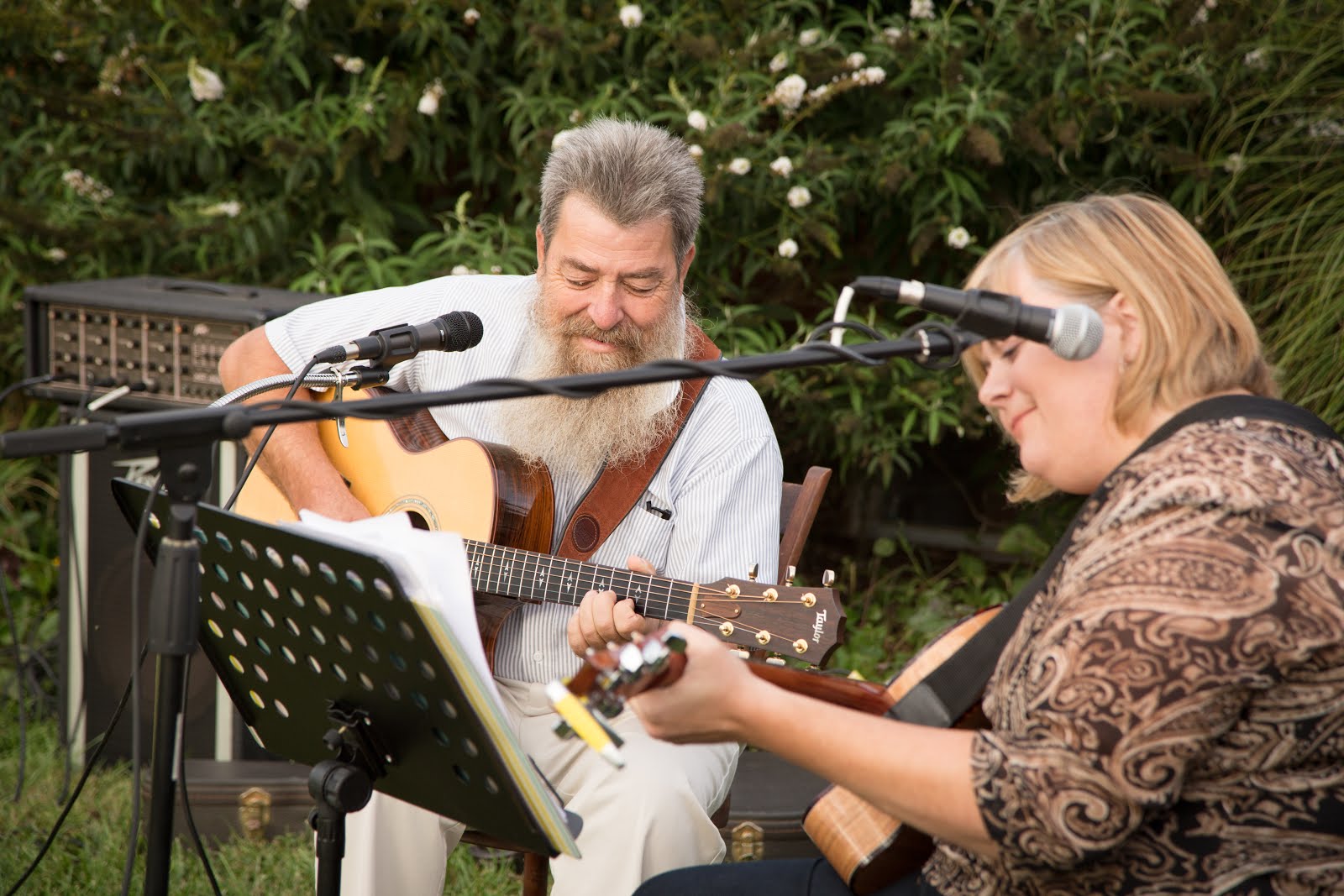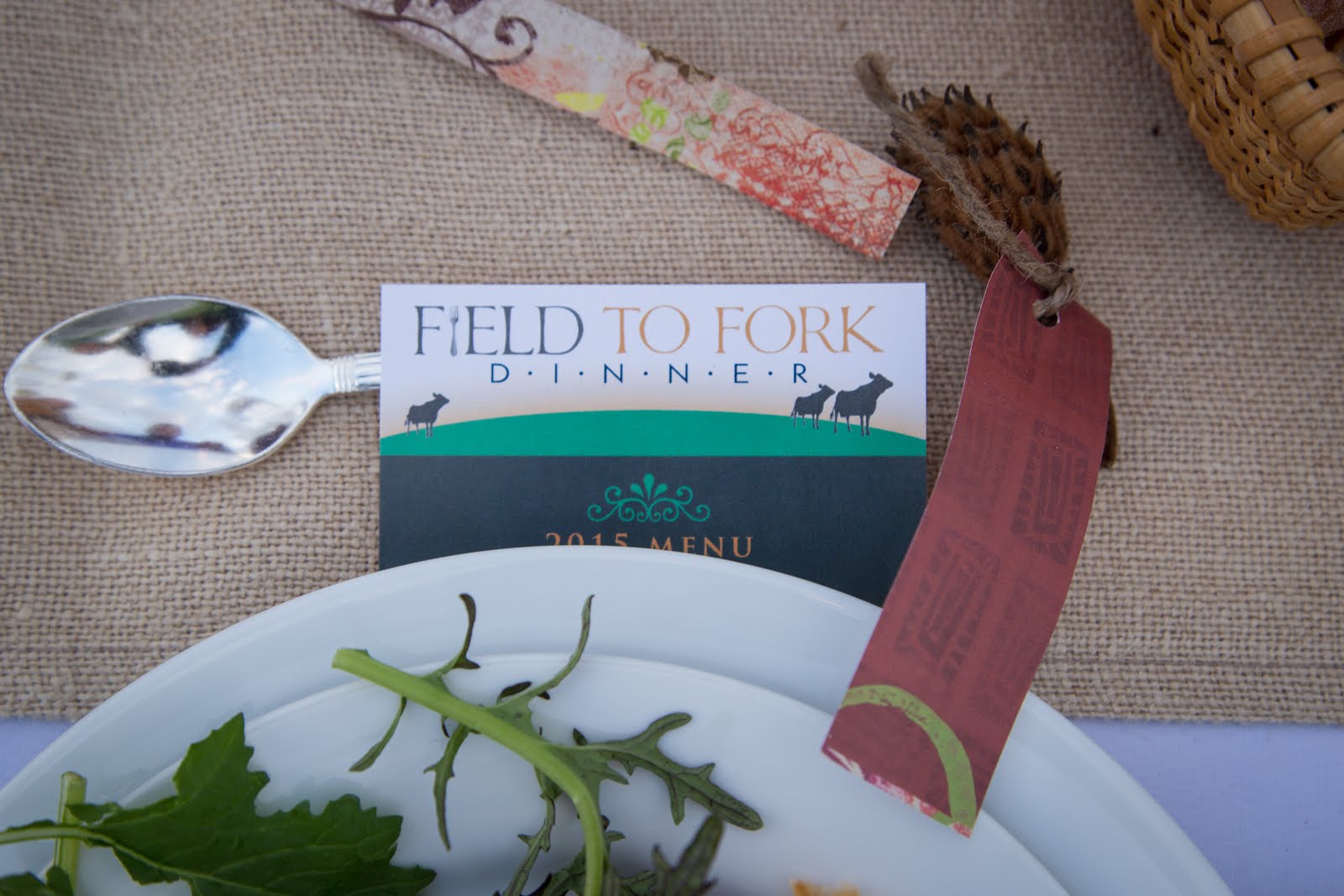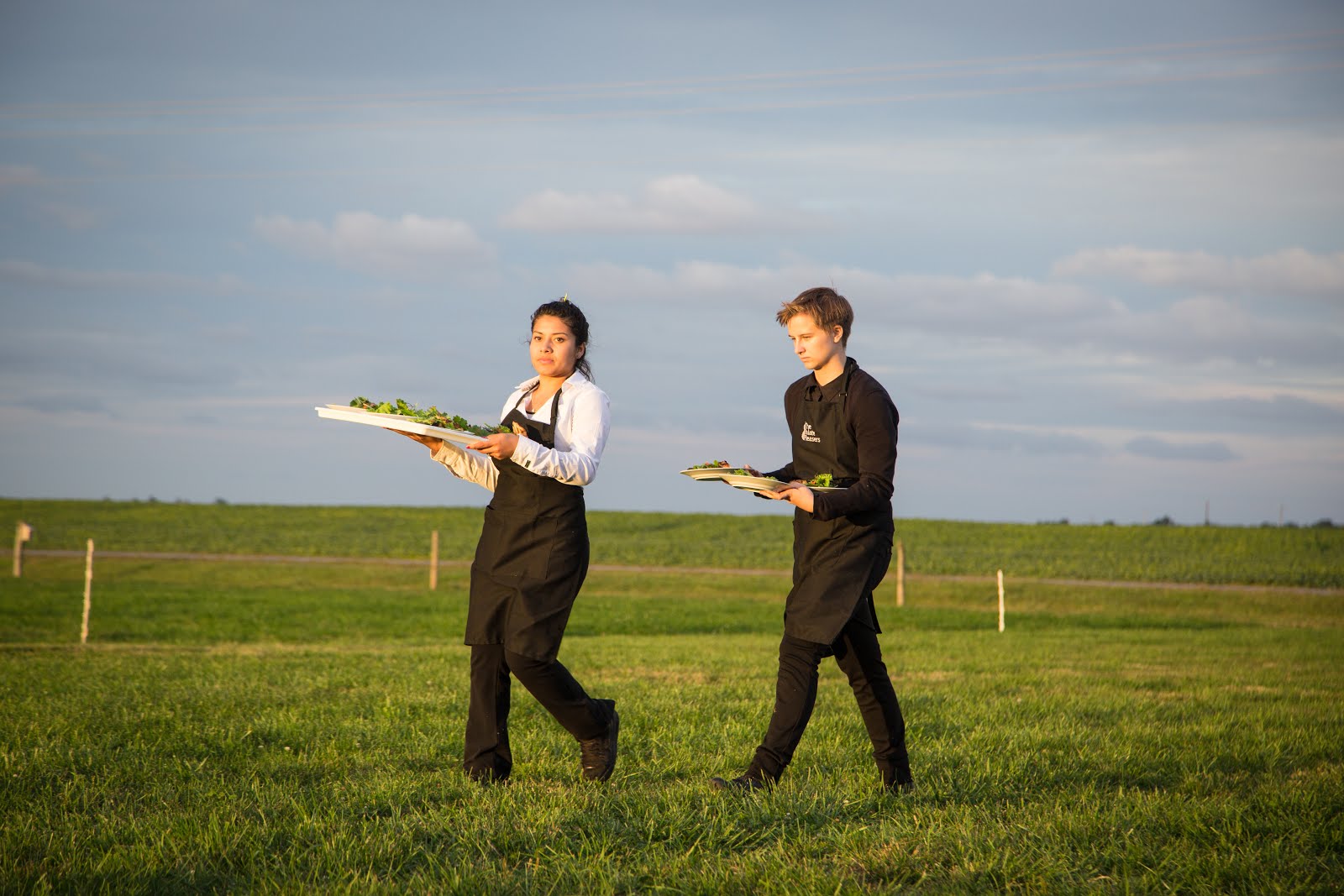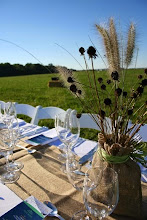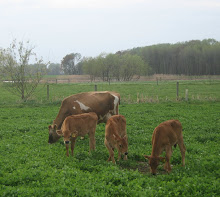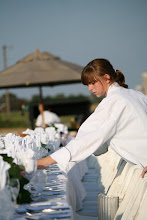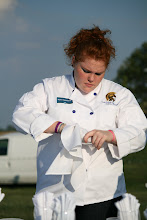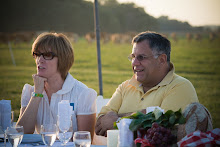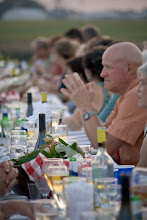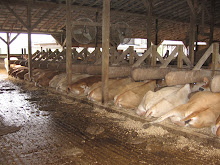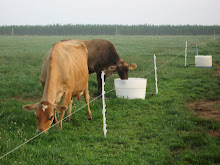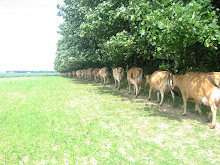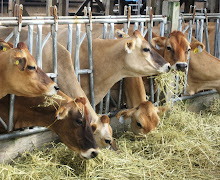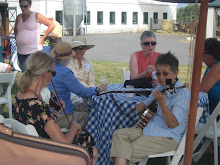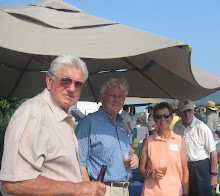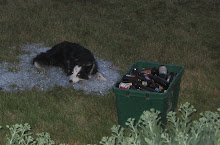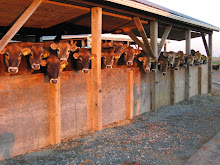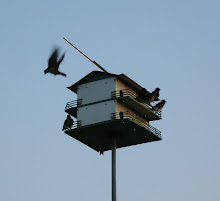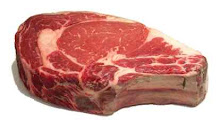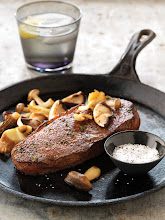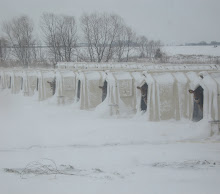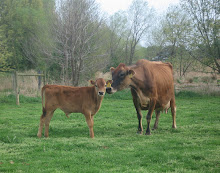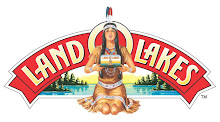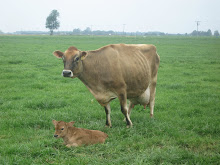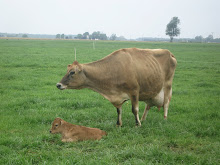When I was a teenager I spent summers on the farm tedding, raking and pulling wagons of hay with the Farmall H. My dad bought “the H”, as she was called, new in 1950 for $1900. When dad retired from making hay, he sold most of his equipment but not the H. She was my dad’s favorite and my inheritance!
The Farmall H, built by International Harvester and produced from 1939 to 1952, is the number two-selling tractor model of all time in North America with over 390,000 sold. Only the Ford 8N, due to its exclusive Ferguson Three Point Hitch system, was a better seller. We use a Ford 8N and a 9N on St. Brigid’s Farm everyday.
The Farmall H was popular because it is an ideal, all-purpose tractor for diversified farms up to 160 acres and for specialized farms raising such row crops as potatoes or sugar beets. It pulled two 14-inch bottom plows, cultivated up to 35 acres of row crops a day and sped up other farm jobs in proportion. My dad used the H to run the blower during silage harvest as well as to pull the manure spreader. I bought him a “cab” for the tractor but I don’t think he ever used it!
The H, along with and two Case tractors that my dad purchased a few years back, stayed in the barn in Connecticut for several years after Dad died. This summer Bob’s nephew, Chuck Fry, arranged to have them back hauled to Maryland on an empty nursery truck. We unloaded them at Angelica Nursery and drove them two miles to their new home.
Shortly after they arrived, Alan Hill told us about John Hill, the person who had restored his old tractors. We contacted John and he agreed to give the H a makeover. He took her apart, sand blasted everything, ordered authentic replacement parts including a new identification plate, meticulously painted her and the put her back together with the help of Billy Clendaniel. We visited John’s shop several times during the process and learned more about antique tractors than we could have imagined. John has a cadre of fans who visit the shop and swap facts and stories. We brought Ken Overton and his young son Tilden on one visit. Tilden was quiet while he was in the shop but talked nonstop on the way home!
John was most impressed with the condition of my dad’s H. He couldn’t believe how well preserved she was! My dad took pride and joy in his tractors and in making high quality hay. We are sad that dad is not around to see the H as she must have looked when he bought her but we trust somehow he knows his pride and joy is now ours and looks great!




























